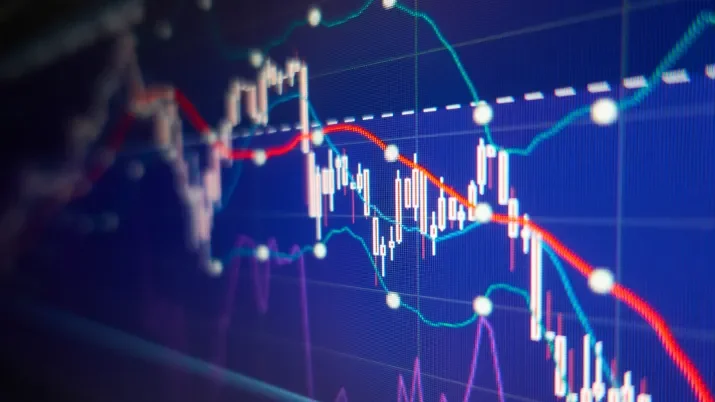Taking the temperature of credit markets
So far this year, the spread between two-year and 10-year US Treasury yields has declined from 77bp to 51bp. In the context of sharper monetary policy tightening than previously anticipated, this recent bear flattening of the US curve has left market participants wondering how advanced the current economic cycle is.
One indicator that we find helpful in assessing the strength of the economic cycle is corporate bond ratings migration. While we acknowledge that on its own this is a slightly lagging indicator, ratings trends are quite telling when assessing the direction of travel of credit quality around the world.
Ratings migration is often measured as a ratio of upgrades to downgrades by one credit agency for a defined set of issuers over a given period (a ratio greater than one indicates more upgrades than downgrades). In 2020, as the economy suffered the impact of the pandemic, the ratio of upgrades to downgrades in US high yield was very low at just 0.22, according to Standard & Poor’s. In 2019, while market participants were generally worried about the risk of a recession due to an ageing cycle and a flat Treasury curve, among other things, the ratio wasn’t much better at 0.34. By contrast, as the economy recovered rapidly from COVID last year, ratings migration also improved markedly, with that same US HY ratio reaching a 10-year high of 1.92. So far this year there have been 76 ratings actions by S&P in the sector – 48 upgrades versus 28 downgrades – a ratio of 1.71. Rising stars in US high yield (sub-investment grade bonds being upgraded to investment grade) have also been strong; Credit Suisse recorded the largest rising star volume since 2019 in January 2022, and is forecasting a further $125bn (or 8.2% of the market) in the next 12 to 18 months.
If we look at European high yield bonds, the upgrade-downgrade ratio from S&P so far this year is 3.14 (22 upgrades and seven downgrades), much stronger than the 1.45 recorded for 2021, which reflects an economic cycle that is slightly behind the US. In terms of rising stars, BNP Paribas is projecting €70bn (14% of the outstanding market) this year, a larger percentage than in the US.
Another way of judging the status of the economic cycle in different economies is to compare government bond yield curves. While as we noted above the US Treasury curve has flattened this year, the German Bund curve has steepened, with the spread between two-year and 10-year Bund yields widening from 44bp to 64bp. That indicates investors expect the ECB to be far less aggressive with short term rates than the Fed, given the less pronounced inflationary pressures in Europe compared to the US.
No indicator on its own is a perfect predictor of events as complex as the age of an economic cycle, and ratings migration is no exception. However, it would be rather odd for a recession to arrive soon while we are observing a very steep improvement in aggregate corporate credit quality. As a result, despite the steeper monetary policy rate adjustment that we expect to witness in the coming quarters, we regard any potential softness as an intra-cycle dip and believe default rates in high yield should remain contained. Overall, in our view, today’s fundamental backdrop is a reasonable environment for credit investing with a medium term view.
In short, once markets adjust to the sharper anticipated moves from central banks, we think this intra-cycle dip will present a buying opportunity.



